With more time spent at home, we’ve been receiving numerous inquiries from those wanting to listen to analog records at home. Questions like, “What equipment do I need?” and “What type of turntable is recommended?” are common. In this article, I’m going to answer these questions.
I’m focusing on ‘phono equalizer’.
I’m going to talk about the basics and usage of a phono equalizer.
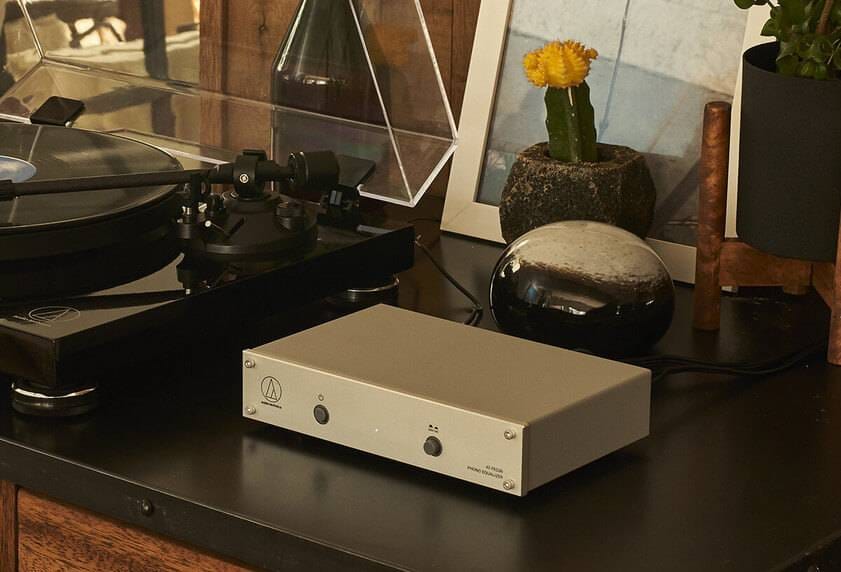
[Why is there no sound after connecting a turntable to the speakers!?]
You might find yourself in a situation where you’ve connected an old turntable to your speakers, but there’s no sound, or the sound is too faint to hear. If you encounter this problem, the first thing to check is whether you are using the phono equalizer correctly.
Phono Equalizing: Essential Function for Playing Analog Records
What is a phono equalizer, and what role does it play?
A phono equalizer primarily serves two key functions:Increasing the Output Level: It amplifies the signal picked up from the grooves of the record to a suitable level.Restoring the Original Sound: It corrects the sound to its original quality as recorded on the record.Sometimes referred to as a ‘phono amp’ or abbreviated as ‘phono EQ’, these terms generally refer to the same device.
[Top-Selling Phono Equalizers]
>> See the full list of top-selling phono equalizers here
It’s not surprising if you’re unfamiliar with the existence of a phono equalizer or have never heard of it before. Nowadays, many affordable record players for audio listening come with built-in phono equalizers. Additionally, many DJ mixers also include phono equalizer functionality, reducing the need to purchase a separate phono equalizer compared to the past.
To avoid regretting buying a phono equalizer only to find out you didn’t need it, here’s how to determine whether you need to acquire one separately.
[Do You Need a Phono Equalizer? How to Determine]
① If the Turntable’s Output Signal is Only ‘PHONO’ Output
Check if your turntable outputs audio signals via RCA cables (commonly red and white cables). Look at the cable base or the turntable’s manual to see if it specifies ‘PHONO’ output.
For example, the Pioneer DJ PLX-1000 has a PHONO OUT input terminal on the side.
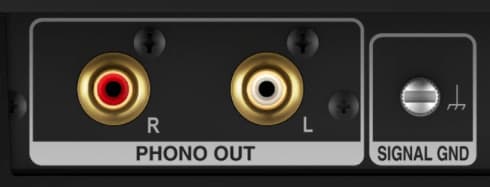
The latest SL-1200MK7 model from SL-1200 Series also features a PHONO input terminal on the back panel.
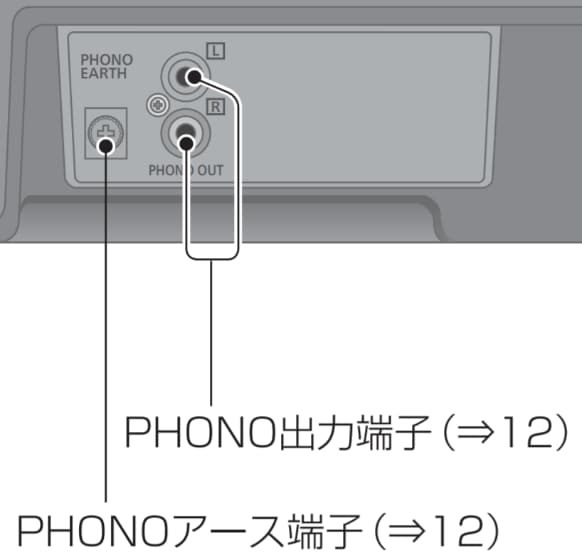
[Tip for Finding the Right Output]
If you can’t find the ‘PHONO’ or ‘LINE’ output indication, check if there’s an earth wire or terminal for connecting an earth wire. If there is, it’s likely your turntable supports PHONO output.
For instance, the PLX-1000 has a ‘SIGNAL GND’ terminal next to the PHONO connector.
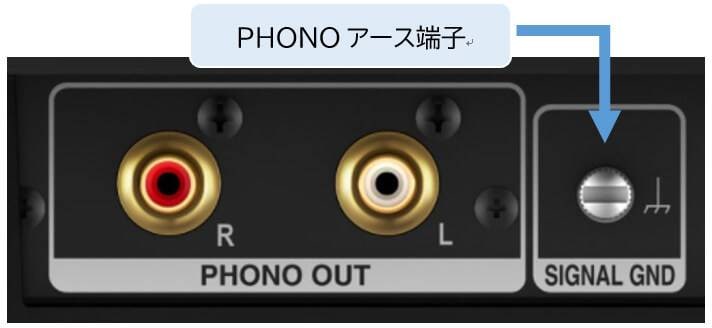
The earth wire is a cable used to release unwanted electrical noise to the outside, and it has U-shaped metal fittings on both ends. Since PHONO output signals are much weaker compared to LINE-level signals, they are more susceptible to power noise from the turntable. Incorrectly connecting the earth wire can result in unwanted hum noise. Ensure the earth wire from the turntable is properly connected to the phono equalizer or DJ mixer’s ground (GND) terminal.
If the turntable’s output signal is only ‘PHONO’ output:
⇒ A phono equalizer is needed.
For instance, popular turntables like the Technics SL-1200 Series generally support only PHONO output. However, the Technics SL-1500C has a built-in phono equalizer function and supports both PHONO and LINE outputs.
Some turntables allow switching between PHONO and LINE outputs, so be sure to check your turntable’s specifications.
[Turntables with PHONO/LINE Output Switching]
② If the DJ Mixer’s Input Terminal Indicates ‘PHONO’
For those using DJ mixers for both DJing and audio listening, such as the Allen & Heath Xone:23C that can also be used as a DA converter, you might wonder if a phono equalizer is still needed.
Check the input terminals of your DJ mixer.
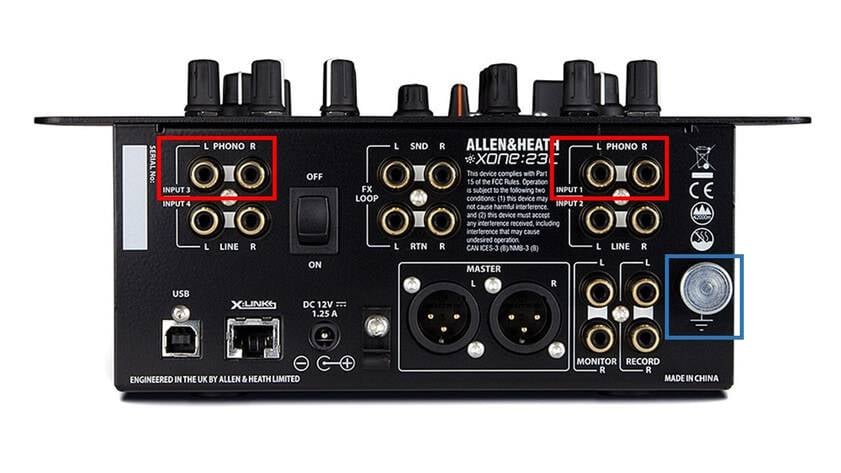
This is the back panel of the Allen & Heath Xone:23C. Take a look at sections marked with red squares. It has ‘PHONO’ labeled on its RCA connections. If your DJ mixer has ‘PHONO’ labeling, it includes a phono equalizer function, so you can connect the PHONO output from the turntable directly to the mixer.
If the DJ mixer’s input terminal indicates ‘PHONO’
⇒ A phono equalizer is not needed.
The area marked with a blue square on the right in the photo is the ground (GND) terminal, where the earth wire should be connected. Like with turntables, checking for earth wire support can also indicate PHONO input compatibility.
In summary, if either your turntable or audio equipment already includes a phono equalizer, there is no need to buy a separate one. For those who already have turntables or audio equipment, use the above methods to determine if an additional phono equalizer is necessary.
Recommended Phono Equalizers & Equipment
- audio technica / AT-PEQ20
- audio technica / AT-PEQ30
- Radial / J33 Direct Box with Built-in Phono Amp
- ALLEN&HEATH / Xone:23C
By now, you should be able to determine whether you need a phono equalizer (phono amp) for your record player.
In the next part, we’ll discuss why it’s needed and what role the phono equalizer (phono amp) plays, including the mechanism of how sound is produced from records.
■Turntables for Listening - Best Seller Rankings
■Phono Equalizers - Best Seller Rankings





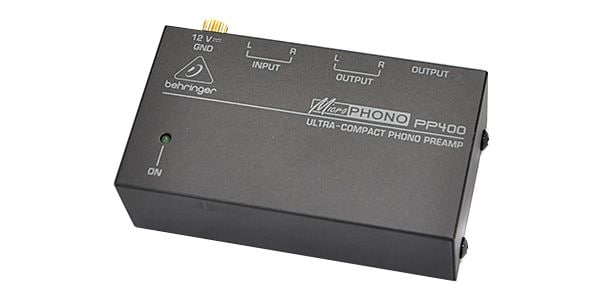 Behringer / PP400 MICROPHONO Phono Preamp
Behringer / PP400 MICROPHONO Phono Preamp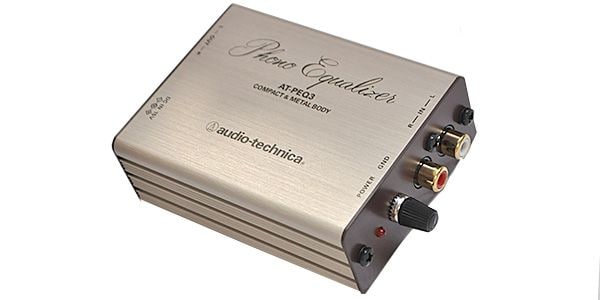 audio technica / AT-PEQ3 Phono Equalizer
audio technica / AT-PEQ3 Phono Equalizer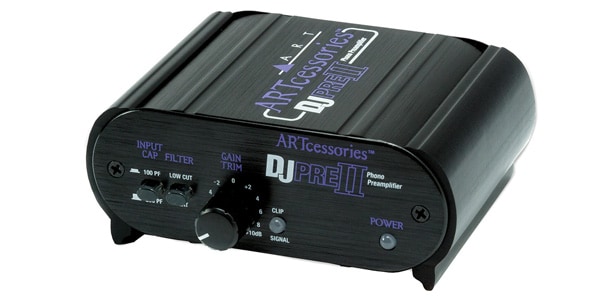 ART / DJPre II Phono Equalizer Amp
ART / DJPre II Phono Equalizer Amp![[Part 2] A Beginner’s Guide to “What is a Phono Equalizer?” [In-Depth Explanation of How It Works]](https://www.soundhouse.co.jp/contents/uploads/thumbs/2/2021/6/20210614_2_13080_2.jpg)

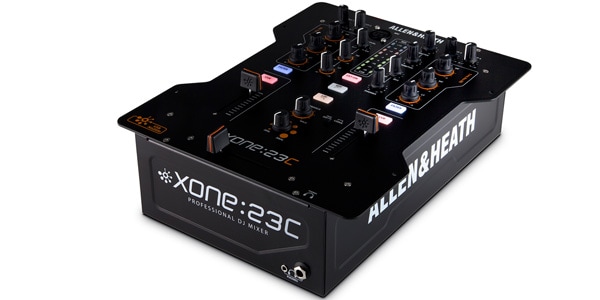

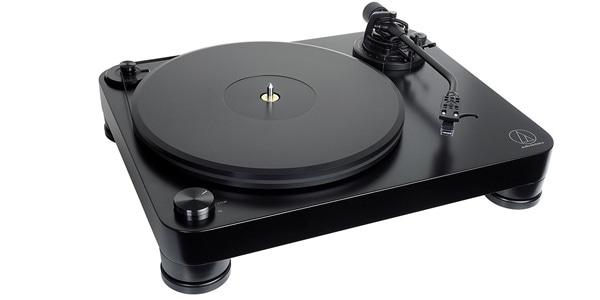
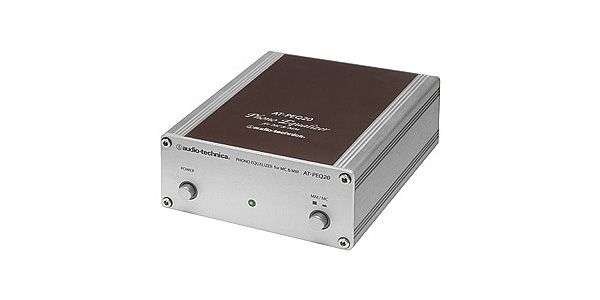

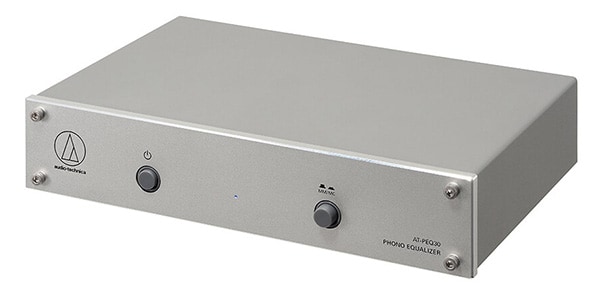

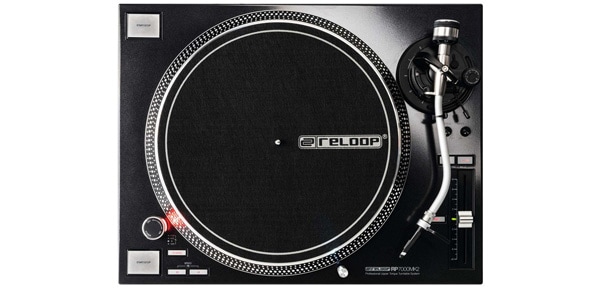
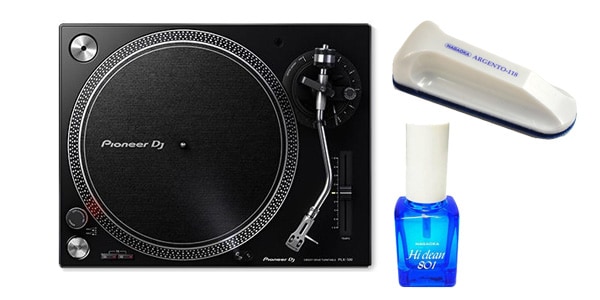
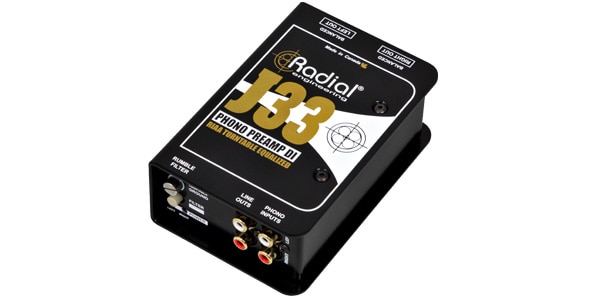
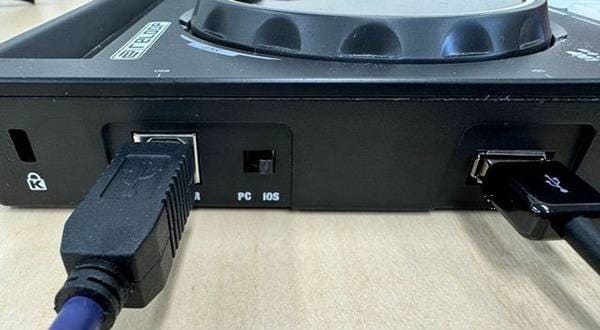




![Shall We Shellac? [Vol. 2] Listening to Old Dance Music on SP Records](/contents/uploads/thumbs/2/2022/4/20220406_2_17374_1.jpg)
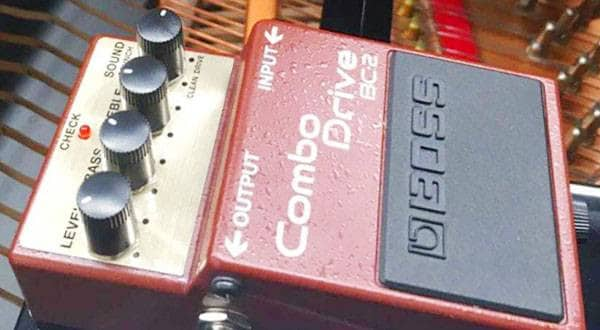
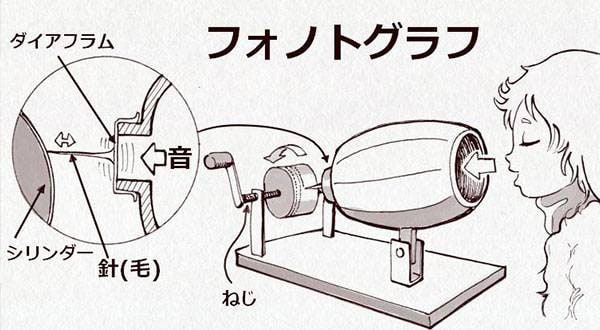
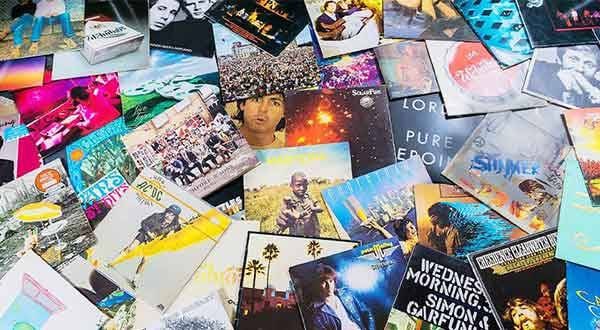
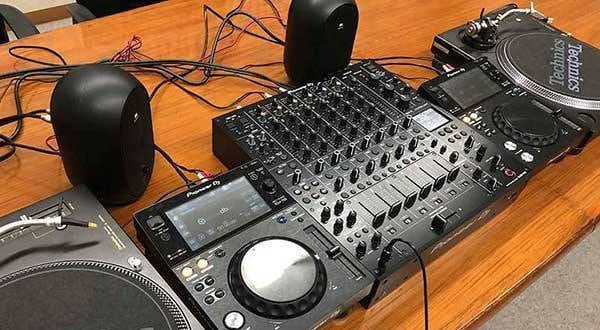
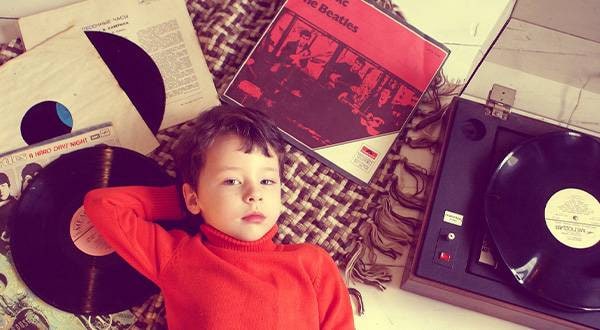
 GLOWTRONICS DJスリップマット
GLOWTRONICS DJスリップマット
 スクラッチ編
スクラッチ編
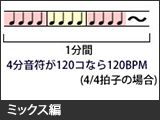 ミックス編
ミックス編
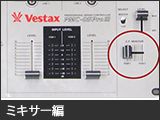 DJミキサー編
DJミキサー編
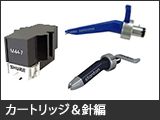 カートリッジ&針編
カートリッジ&針編















